If you’re a fan of architecture or history, you may have noticed some buildings in your town or city with an unusual plaque or sign on the wall. These plaques tell us that the building is “listed” and is protected by law from any modifications or demolition. But what is a listed building? And why are they so important?
Well, if you’re the proud owner of a listed building or are considering buying one, understanding what this special designation means is crucial. Listed buildings are significant examples of design, craftsmanship and architecture that are protected to ensure they can be preserved for future generations to enjoy. But navigating the regulations and restrictions that come with a listed status can be a challenge.
What Is A Listed Building In The UK?
For many years, listed buildings have been an essential part of the UK’s heritage and cultural identity. Often unique examples of architecture from various historical periods, these buildings serve as a link to our past, reminding us of our rich history and the people who have shaped it. The UK has over 400,000 listed buildings, ranging from grand castles to humble cottages, each reflecting the diversity of our country’s history in its very own way.
Owning a listed building is a pretty big deal. It’s an honour to be the custodian of a piece of history or cultural significance, but it also comes with a lot of responsibility. As an owner or prospective buyer, you must understand the regulations and restrictions that come with listed status, so you can effectively preserve the building’s distinctive features. It’s not all fun and games, but with the responsibility comes great rewards.
In this article, we will explore what a listed building is, the different grades of listing, how to check if your building is listed, and the regulations surrounding listed buildings. We’ll also delve a little deeper, and take a look into the intricacies of obtaining Listed Building Consent and planning permission for listed buildings. By the end, you will have a comprehensive understanding of what it means to own, or plan to own, a listed building and how to navigate the regulations and processes that come with this unique status. Whether you’re a history buff, an architecture enthusiast, or simply interested in preserving our country’s cultural heirlooms, this article is for you.
- What Are Listed Buildings?
- What Is A Grade 1 Listed Building?
- What Is A Grade 2 Listed Building?
- Is My Building Listed?
- When Is Listed Building Consent Not Required?
- Do Listed Buildings Need An EPC?
- How To Get A Building Listed
- How To Get Planning Permission On A Listed Building
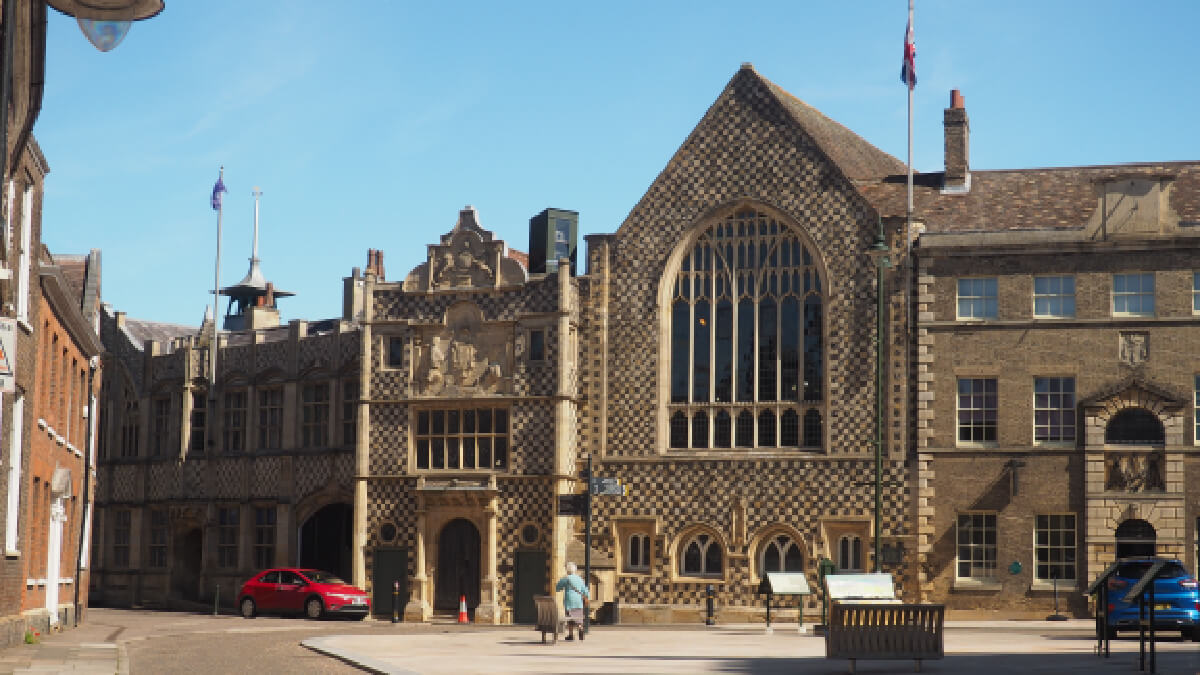
What Are Listed Buildings?
Buildings can be like people – they’re all unique in their own way, but some stand out more than others. That’s why some buildings are given a special status called “listed” if they have particular architectural styles, historical significance, or cultural value. Being listed means the building is legally protected from modifications, alterations, or even demolition without prior consent from the local planning authority. It’s almost like having a superpower – the power to preserve a piece of history!
The UK government designates listed buildings and adds them to the National Heritage List for England (NHLE) and the equivalent lists in Scotland, Wales, and Northern Ireland. The NHLE has over 400,000 entries of listed buildings, from Tudor cottages to 20th-century homes; that’s a lot of buildings, but, not all listed buildings are created equal. Instead, they’re graded based on their level of significance, with Grade I being the most important, followed by Grade II* and Grade II.
Grade I buildings are like superstars – they’re considered of exceptional interest and are often of international significance. In fact, they represent only 2.5% of all listed buildings in the UK! Grade II* buildings are also pretty special, representing around 5.5% of all listed buildings. They’re known to be ‘of particular importance and special interest.’ Grade II buildings make up the remaining 92% and are of special interest too.
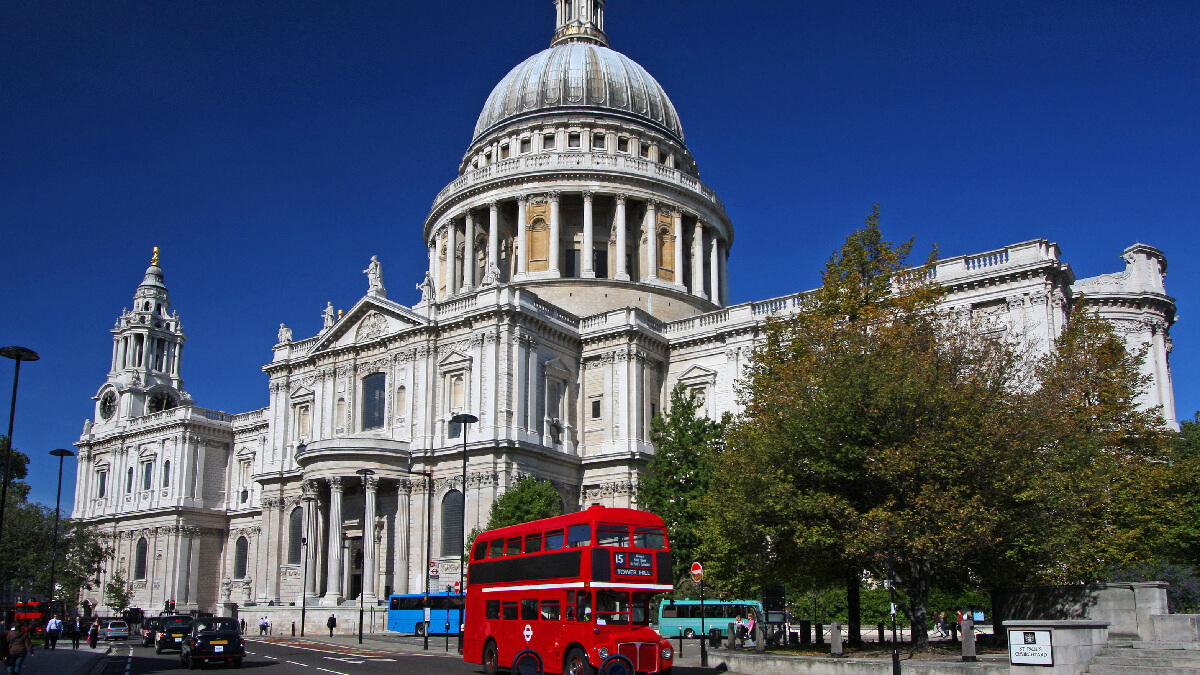
What Is A Grade 1 Listed Building?
If you’re lucky enough to own a Grade I listed building, congratulations! You own a piece of history that is considered to be of exceptional interest and often has national or international significance. These buildings are typically highly ornate, widely recognised and represent notable examples of architecture from their period. Some of the most famous Grade I listed buildings in the UK include the iconic Tower of London, Buckingham Palace, and St. Paul’s Cathedral.
However, with great power comes great responsibility. Grade I listed buildings are subject to the strictest protection under the law, so any repairs, changes, or alterations made to the building must be approved by the local authority and the government’s heritage agency, Historic England. It can be a great help working with experts who understand the regulations and restrictions that come with owning a Grade I listed building to make sure any changes made to the property are sympathetic to its original design and character and do not compromise its historical or architectural substance.
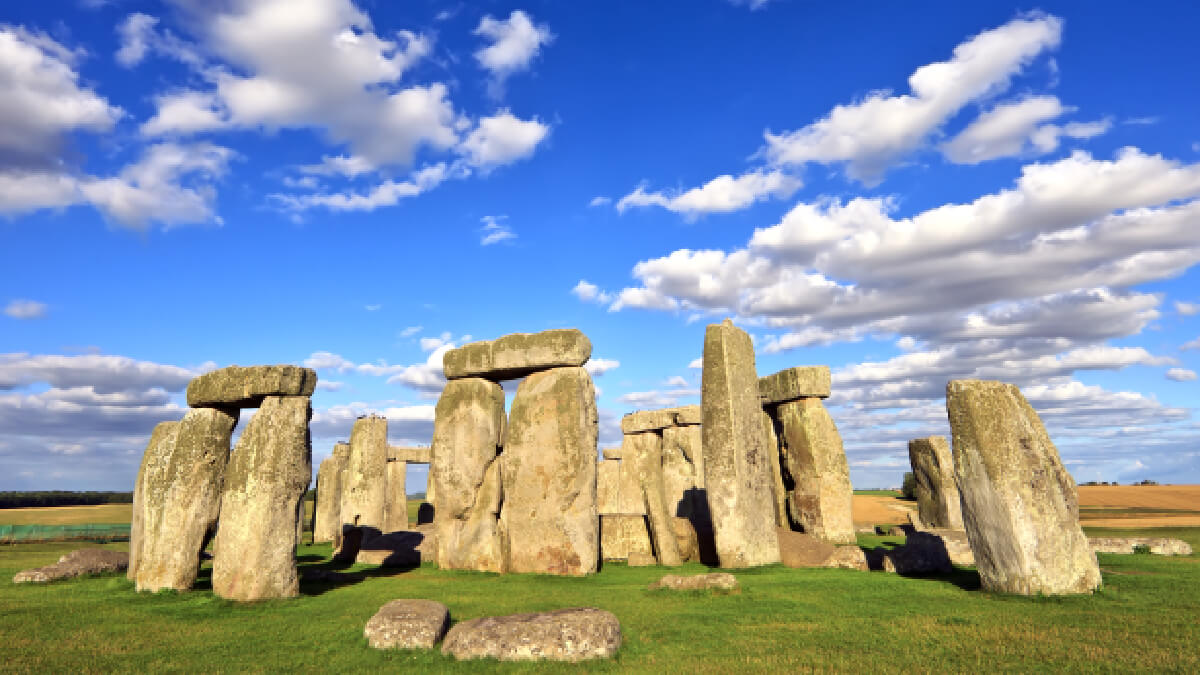
What Is A Grade 2 Listed Building?
So, what about Grade II listed buildings? Well, unlike Grade I, these buildings are split into two categories – the majority of which are labelled simply as Grade II. But, a small percentage are labelled Grade II* as they are judged to be of particular national importance or special interest.
Grade II listed buildings are still considered to be of special interest, even if they aren’t quite as exceptional as the Grade I buildings. These beautiful structures are remarkable examples of architecture from their period, with many still boasting their original features and oozing with character. Think of those charming townhouses, Victorian and Edwardian homes, and public buildings like libraries and schools – these are just some of the examples of Grade II listed buildings you might come across in the UK.
Just like with Grade I buildings, any modifications, alterations, or changes to Grade II listed buildings must have Listed Building Consent from the local authority. However, the good news is that the restrictions and regulations are less strict than those for Grade I buildings. So, while you’ll still need permission to make changes to your Grade II listed property, you may have more flexibility when it comes to the alterations you can make. If you are looking for architects in Northampton to help you make some altercations to your Grade II listed property, our team of architectural designers can help guide you every step of the way.
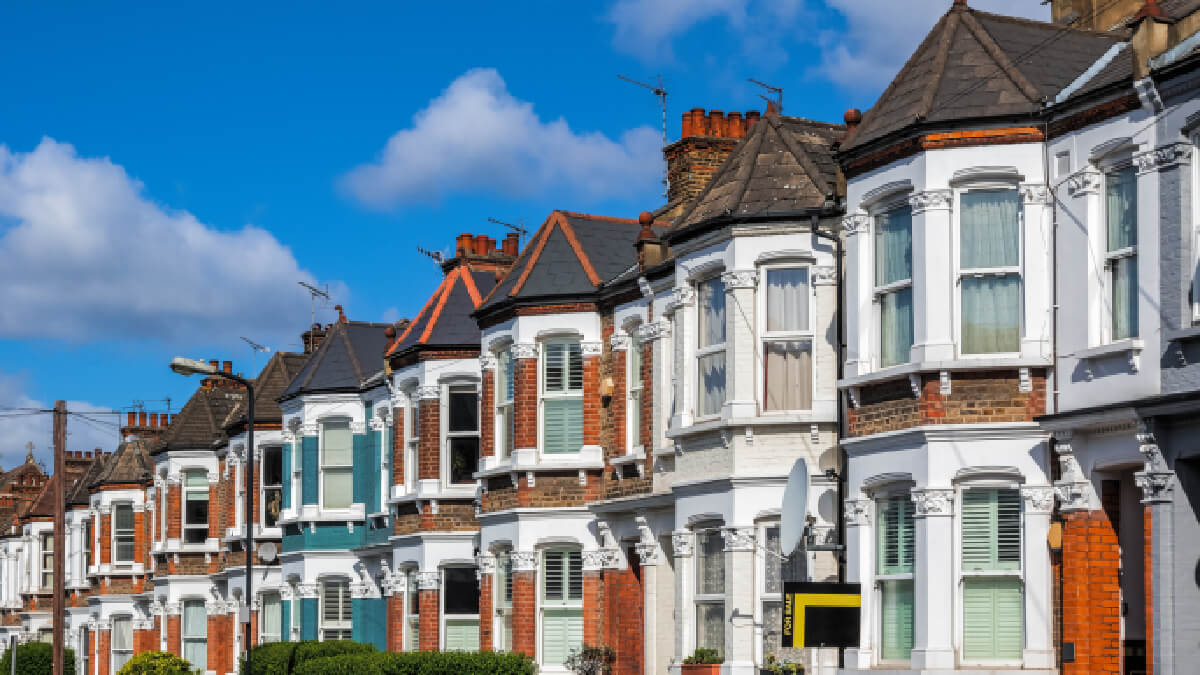
Is My Building Listed?
Are you not sure whether or not your property is listed? That’s not a problem! You can quickly check if your building is listed by searching the National Heritage List for England (NHLE). For those in Scotland, Wales, and Northern Ireland, equivalent lists are available.
Once you find your property (if it is listed), you’ll be able to identify its designation code, which will indicate its grade and level of significance. The description on the listing will also provide additional information about the building’s history and unique features, which can be very interesting to read through. Whether you’re a property owner or are considering buying one, it’s always a good idea to know if your building is listed and what that means for any future renovations or alterations.
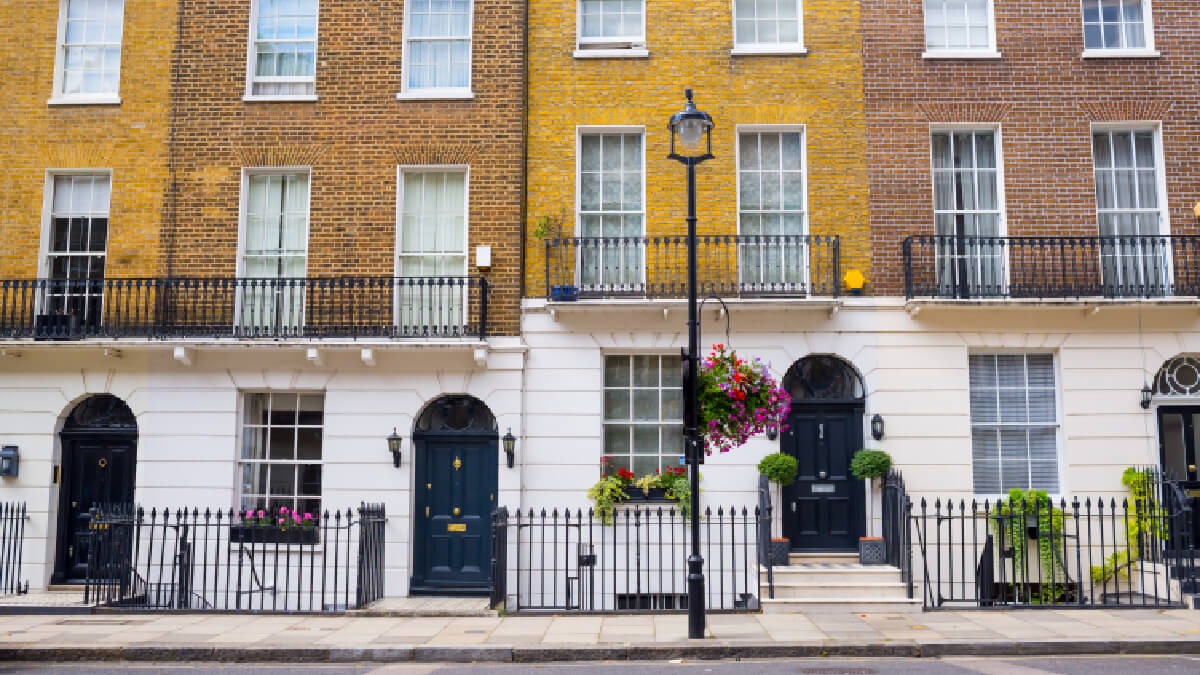
When Is Listed Building Consent Not Required?
If you plan to make changes to a listed building at any point in the future, you must know when Listed Building Consent is required. Generally, any work that affects the character or appearance of a listed building will require consent. However, there are some instances where consent may not be necessary.
One example is when the proposed work is considered ‘like-for-like.’ This means that the replacement or repair matches the original in every detail. For instance, if a damaged section of a listed building’s roof needs to be replaced, using materials that match the original would likely be considered ‘like-for-like’ and would not require consent.
Similarly, ‘ordinary maintenance’ work such as repainting or cleaning would also be exempt from requiring Listed Building Consent. However, it’s worth noting that this exemption only applies to work that does not alter the original character or appearance of the building. This means that if the repainting or cleaning work significantly changes the colour or finish of the building or if it involves removing or altering any original features, Listed Building Consent would be required.
If you’re unsure whether Listed Building Consent is required for your proposed works, it’s always best to check with your local authority. In some cases, they may grant a Certificate of Lawfulness of Proposed Works (CLPW), which confirms that the proposed works do not require Listed Building Consent. This can give you peace of mind and help to avoid any potential legal issues down the line.
Do Listed Buildings Need An EPC?
So, you might be wondering whether your listed building needs an Energy Performance Certificate (EPC) – the short answer is no! EPCs are required for most properties that are being sold or rented out, but listed buildings are a special case.
This is because listed buildings tend to be historical, architectural wonders, and installing modern energy-efficient measures could harm their unique appearance. So, to protect these stunning structures from being compromised, the law exempts them from needing an EPC.
Of course, this doesn’t mean that listed buildings can’t be energy-efficient – it just means that they don’t need an official EPC certificate to prove it. There are plenty of ways to improve your building’s energy efficiency without compromising its character, from insulating the roof and walls to installing efficient heating and lighting systems.
So, if you’re lucky enough to own a listed building, you don’t need to worry about the hassle of getting an EPC; instead, just focus on loving and preserving your unique piece of history!

How To Get A Building Listed
Have you ever come across a beautiful and historically significant building in your area and wondered if it’s listed? Well, what many people don’t know, is that you can take action and nominate it for listing yourself! Getting a building listed involves a bit of effort, but it’s a great way to ensure that these buildings are looked after to the best possible standard.
To get a building listed, you can start by contacting your local authority or Historic England and providing detailed information about the building’s history, architecture, and significance. You should include things like photographs, historical documents, and expert opinions to help the process. Once they have all the information they need, the authorities will assess the building and decide whether it meets the criteria for listing.
If the building is deemed to be of historical or architectural significance, it may be added to the National Heritage List for England and given a grade. This will provide it with legal protection, which means that any alterations or repairs will have to be approved by the local authority and the government’s heritage agency. So, if you know of a building that deserves to be listed, why not take the first step and nominate it?
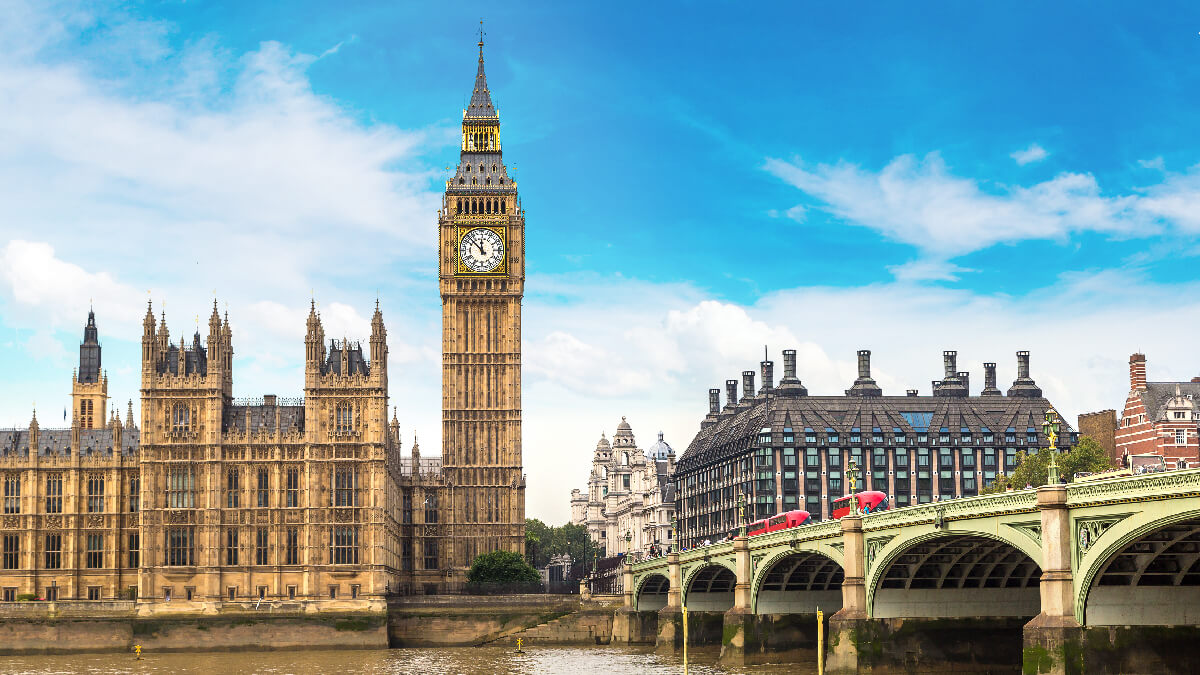
How To Get Planning Permission On A Listed Building
If you’re the proud owner of a listed building and you’re considering making changes or renovations, there are a few things you need to know. First and foremost, you’ll need to apply for Listed Building Consent from your local planning authority; think of it as planning permission with a little extra historical consideration.
To apply for Listed Building Consent, you’ll need to provide detailed plans and specifications of the proposed work, along with information about the building’s history and significance. Your local authority will then review the application and decide whether to grant or refuse consent. However, it’s worth noting that the process can take a little longer than regular planning permission, as the local authority will need to consult with Historic England and other heritage bodies to ensure that any changes or renovations are in keeping with the building’s historical significance.
Overall, it’s a bit of a process, but it’s all in the name of preserving the characteristics of your unique building.

Preserving Our Heritage: Understanding Listed Buildings and Their Importance
It’s incredible to think that listed buildings have stood the test of time and survived for generations; they are a huge contributor to our cultural heritage and are highly significant in terms of history and architecture. That’s why we should be so grateful that the law provides protection to ensure these buildings are preserved for many years to come.
If you’re one of the people lucky enough to own a listed building, it’s important to be aware of the regulations and restrictions that come with its status. It may seem like a daunting process to make changes or carry out renovations, but by following the guidelines and obtaining the necessary consents, you can ensure that your building is still preserved for years to come.
And don’t worry – just because you have to follow certain rules and regulations doesn’t mean you can’t make changes to your property. By obtaining Listed Building Consent and submitting detailed plans, you can make sure that any alterations you make will still preserve the building’s unique significance.
So, if you’re considering buying a listed building or already own one, remember although things may seem a little more tedious and long-winded, it is all to preserve our heritage for many more years to come. And with the right approach, you can still make your building your own whilst ensuring it remains a cherished part of our cultural history.
If you are seeking a helping hand from architects in Milton Keynes or surrounding areas, our talented team of architectural technicians are ready to make your visions come to life. Please do not hesitate to get in touch – you will first be greeted by our operations team, who will arrange a meeting either at your property or over Zoom to discuss your project in more detail!
Got any more questions?
Contact us and we’ll be in touch as soon as possible.
